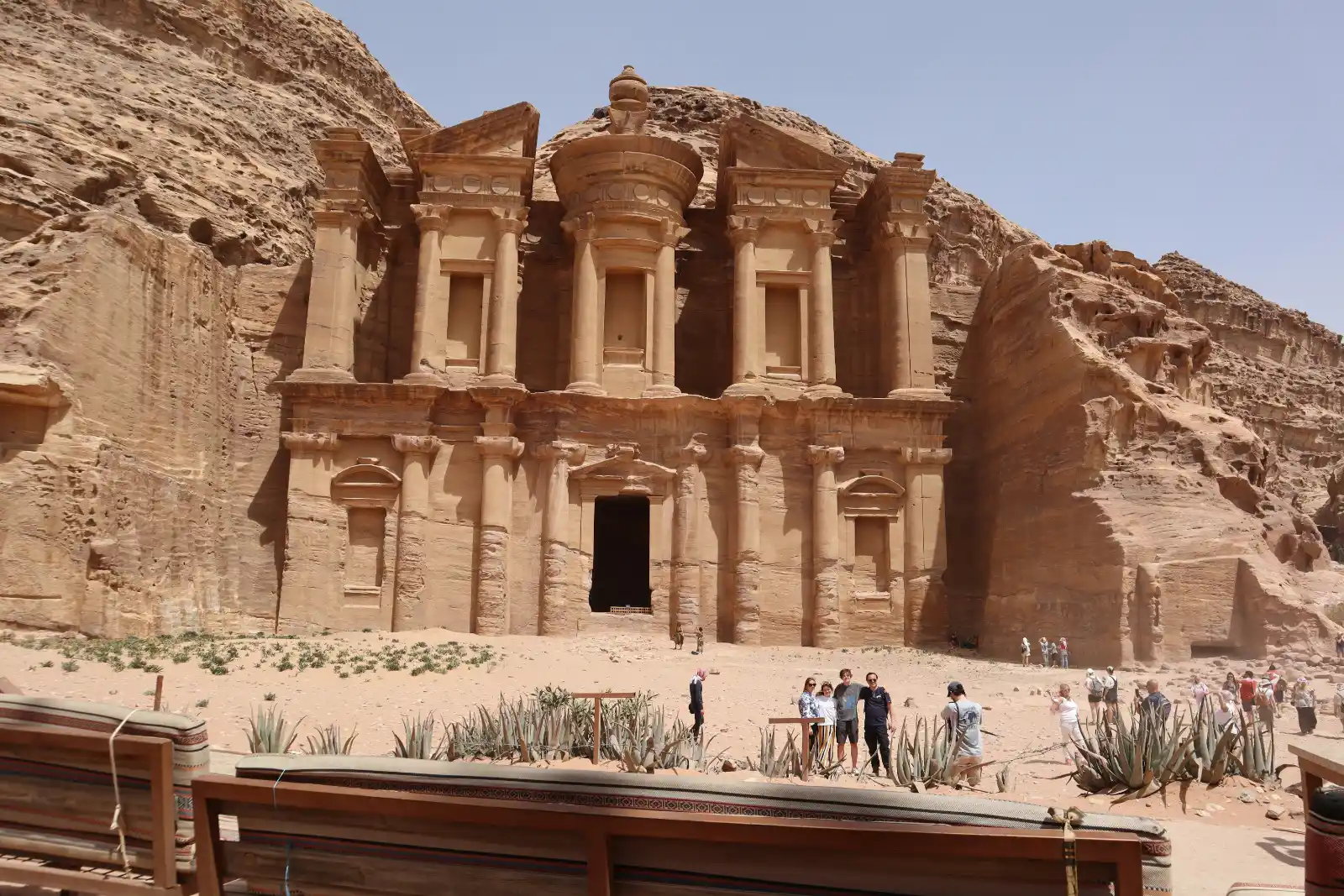Nestled amidst the rugged, sandstone cliffs of southern Jordan lies Petra, an ancient city that has captivated imaginations for centuries. Often referred to as the “Lost City of Wonders,” Petra is a place where history and mystery intertwine, creating a captivating narrative that continues to intrigue explorers, historians, and travelers alike.
The Discovery of Petra
Petra’s rediscovery in the early 19th century was nothing short of sensational. Although known to locals and traders, the city had been largely forgotten by the Western world until Swiss explorer Johann Ludwig Burckhardt stumbled upon it in 1812. His journey marked the beginning of Petra’s reintroduction to global consciousness, and since then, it has been a focal point of historical fascination and archaeological research.
The Marvel of Petra’s Architecture

Petra’s architecture is its most striking feature, blending seamlessly with the natural landscape. Carved directly into the rose-red cliffs, the city’s structures exhibit an extraordinary level of craftsmanship. The most iconic of these is the Treasury (Al-Khazneh), a monumental facade that rises to a height of 40 meters (131 feet) and is intricately adorned with elaborate carvings.
The city’s layout reveals a blend of Hellenistic and Eastern influences, reflecting its role as a major trading hub along the ancient Silk Road. Petra’s extensive network of tombs, temples, and public buildings showcases the advanced engineering skills of the Nabataeans, the civilization that established Petra as a thriving metropolis around the 4th century BCE.
Petra’s Strategic Importance
Petra’s strategic location was crucial to its development. Positioned at the crossroads of major trade routes, it became a vital center for commerce, particularly in the trade of spices, silk, and other luxury goods. The Nabataeans leveraged their geographical advantage to control trade and collect taxes, which contributed to Petra’s wealth and prominence.
The city’s impressive water management system, including an intricate network of aqueducts and cisterns, allowed it to thrive in the arid environment. This ingenuity in harnessing and conserving water played a pivotal role in Petra’s prosperity and its ability to sustain a large population.
The Decline and Rediscovery
Despite its flourishing during the early centuries, Petra began to decline after a series of events that included earthquakes, shifting trade routes, and the rise of competing empires. By the 7th century CE, Petra had largely faded from prominence, and much of it was lost to the sands of time.
It wasn’t until Burckhardt’s expedition in the early 19th century that Petra began to emerge from obscurity. His detailed accounts and subsequent explorations drew the attention of scholars and adventurers, sparking renewed interest in the city and its history.
Petra Today

Today, Petra stands as one of the most remarkable archaeological sites in the world and a UNESCO World Heritage Site. Its awe-inspiring beauty and historical significance attract thousands of visitors each year, eager to explore its ancient streets and marvel at its architectural wonders.
Visitors to Petra embark on a journey through time, traversing the narrow Siq (the main entrance) that leads to the Treasury. They can explore the Royal Tombs, the Roman-style theater, and the Monastery (Ad-Deir), each revealing a chapter of Petra’s storied past. The site’s dramatic landscapes and architectural grandeur continue to inspire and enchant those who walk its ancient paths.
Conclusion
Petra remains a testament to human ingenuity and the enduring allure of lost civilizations. Its blend of natural beauty and architectural splendor makes it a captivating destination for anyone interested in history, archaeology, or simply the marvels of the ancient world. As we search for the secrets of Petra, we not only uncover the mysteries of a lost city but also gain a deeper appreciation for the enduring legacy of human creativity and resilience.
